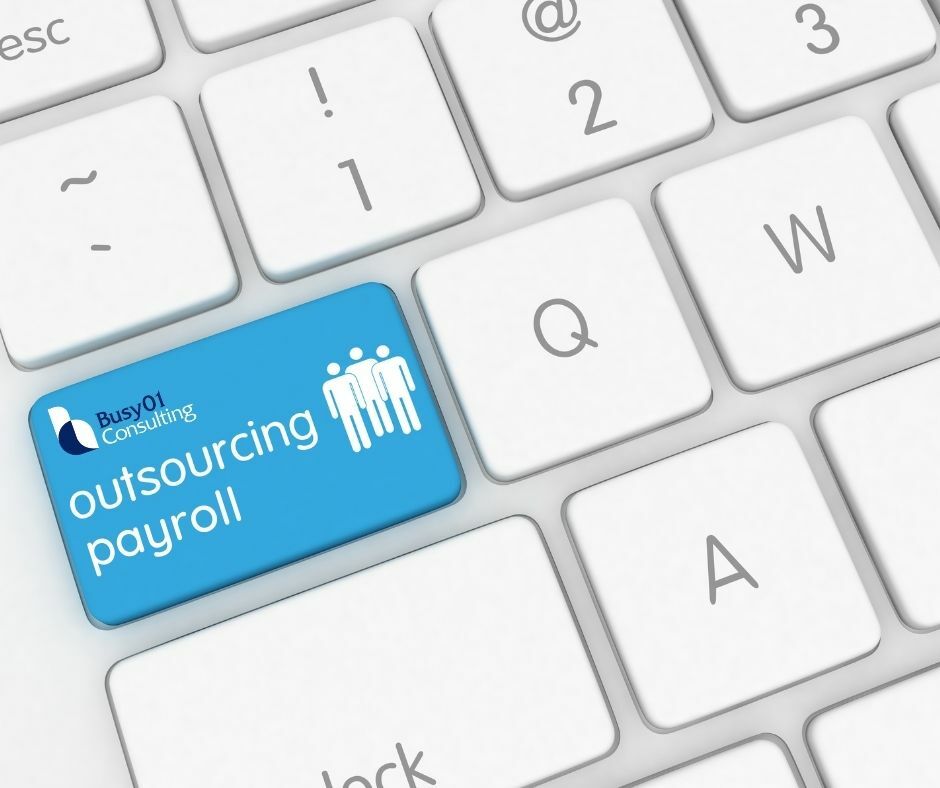
Vaccinations and the Workplace
Vaccinations and the Workplace
The Fair Work Ombudsman (FWO) has released guidance for employers on vaccinations and the workplace.
Currently, there are no laws in place that allow employers to order existing employees to be vaccinated against the coronavirus. The Australian Government policy is that vaccinations are voluntary. Each state and territory government is responsible for implementing vaccination plans.
There are some circumstances in which an employer may require existing or potential employees to be vaccinated, but most employers cannot enforce vaccinations. If there are state or territory laws that provide specific orders requiring vaccination of certain workers, then employers and employees must comply. However, the FWO states that no such orders exist right now.
Employers need to check Fair Work Act workplace protections and discrimination protections before making changes to any employment agreements to require vaccinations. Employers should also discuss any proposed changes to agreements with employees, including options for implementation and safe work practices.
The Fair Work Ombudsman COVID-19 Vaccinations & the workplace webpage has detailed information explaining rules about many aspects of vaccinations in the workplace. Visit the webpage to get details on when an employee can refuse, asking for evidence of vaccination, disciplinary action and lawful directions.
The Department of Health has a great tool to check eligibility for priority vaccinations for high-risk workers such as emergency services, border services, frontline healthcare or aged care and disability workers.
Safe Work Australia provides industry-specific information, including risk assessment and worker consultations. An employer has a duty to eliminate or minimise the risk of exposure in the workplace by cleaning, distancing and hygiene information.
Many employment situations may require legal advice before the employer can make any changes to vaccination policies.
Don’t get caught out by making unlawful changes to your workplace! Review your employment agreements and look at your options for keeping your workplace safe.








